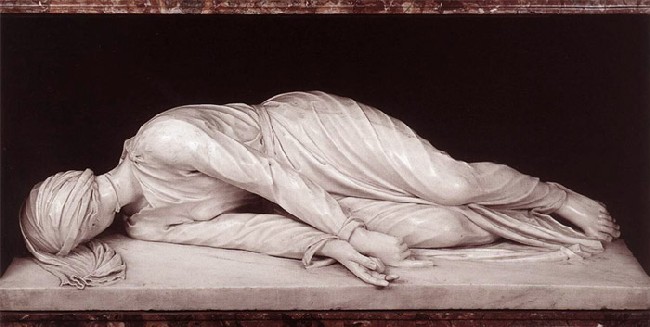For Benedictines, yesterday, March 21, was the solemnity of the Passing of Our Holy Father Benedict. “Benedictine Daily Prayer — A Short Breviary” has a fine divine office for the day.
It is common to gain an understanding of religious orders by studying the life of the order’s founder or reformer. But we have little, if any, of what we would consider biographical material for St. Benedict. Perhaps one of the reasons is that St. Benedict is so ancient compared to the other founders of the major religious orders. For example, St. Dominic (Dominicans) and St. Francis of Assisi (Franciscans) lived about 700 years after St. Benedict. To get a sense of how long 700 years is, if St. Francis was born today, Benedictine monks would have been around since about the year 1350.
St. Ignatius Loyola (Society of Jesus — Jesuits) lived 1,000 years after St. Benedict.
Regardless of that, we consider that we “know” St. Benedict and become Benedictines by living according to his Rule — a small book. (And, of course, members of other religious orders also follow the written guidance and teachings of their founders.)
With yesterday being a St. Benedict solemnity(1), I spent more time than usual thinking about his life.
Judging by the Rule of St. Benedict, he thought the Bible. When a thought came from his mind (or out of his heart) that thought was the Bible. His Rule is filled with either quotes of God’s word or allusions to sacred scripture. St. Benedict's Rule also describes how his monks could live in loving harmony with each other.
St. Benedict’s love for God’s truth and desire that his community be based in love are simply the two greatest commandments in the law — love for God and love for our brothers and sisters.
St. Benedict crafted those two great pillars of the Christian faith into a practical guide for daily community life.
The Rule’s power helped cast a new European civilization and the Rule's deep spiritual mysteries are still bringing people into the Benedictine family today.
________________________________
Footnotes:
This blog was revised March 24, 2009 to modify the example of 700 years. It took me a couple of days to think of a better example than the one in the original blog!
The picture is of one of the fragrant annual orange blossoms at St. Leo Abbey in Florida, USA, this time of year.
(1) “A solemnity is a principal feast in the Liturgical calendar of the Roman Catholic Church. Solemnities commemorate an event in the life of Jesus, Mary or the saints.” Reference.
Sunday, March 22, 2009
St. Benedict on my mind. A Benedictine oblate blog
Labels:
.St. Benedict - biography
Subscribe to:
Post Comments (Atom)










No comments:
Post a Comment